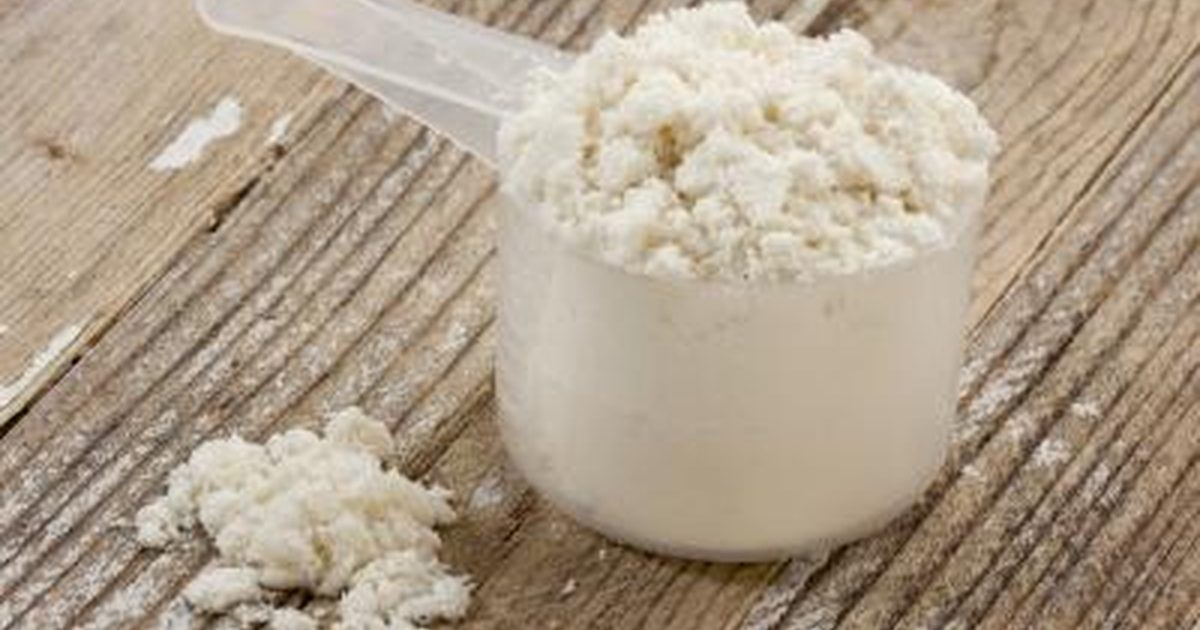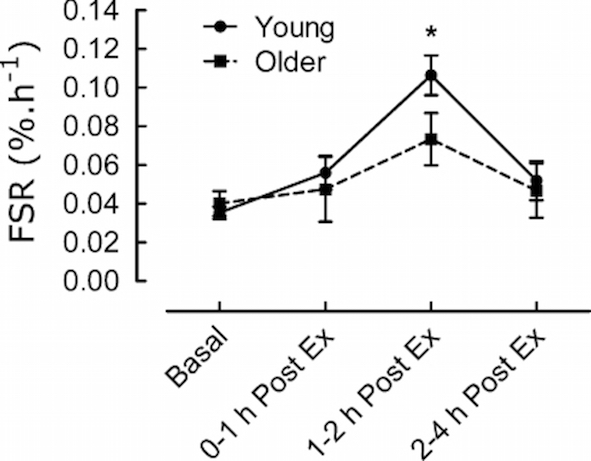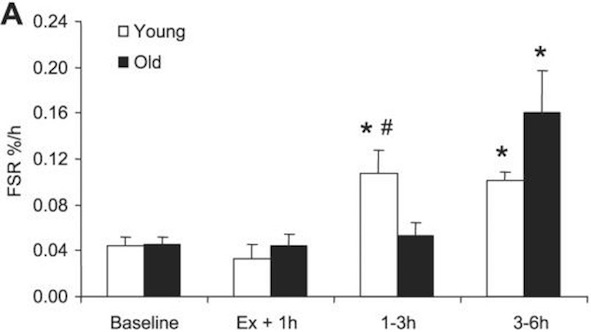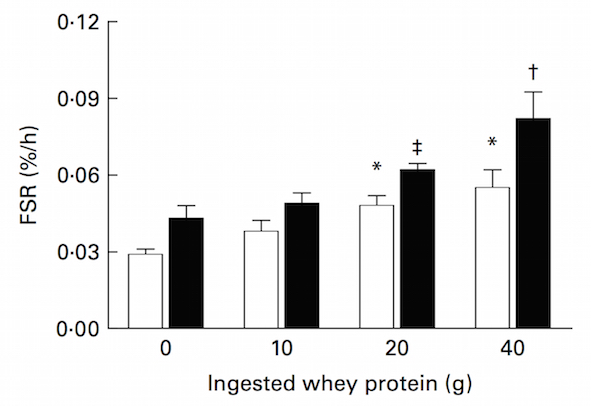Generally speaking, real food should be prioritized over supplementation. And high-fat solid dairy foods should be prioritized over liquid insulin-spiking dairy foods. But that’s provided you’re not taking part in resistance training, as the whey protein in dairy is the best muscle-builder going. With a long list of health benefits we’d be foolish not to take advantage of.
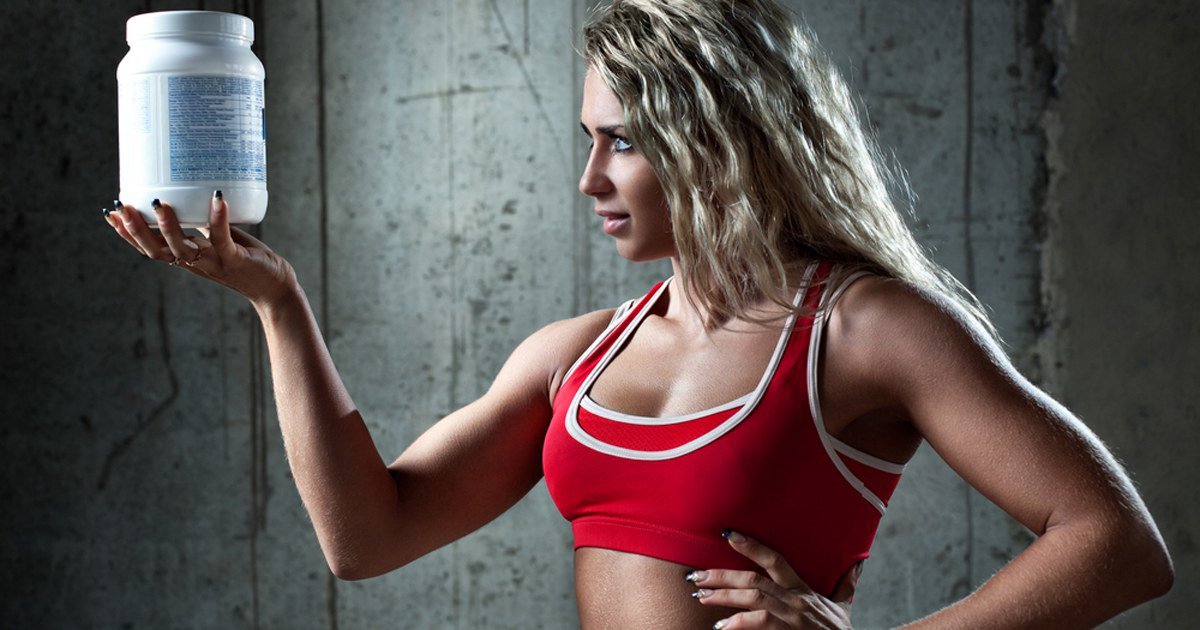
A question that often arises, is whether or not there’s an optimal dose of whey; and it appears there is. With researchers identifying a protein and amino acid ceiling (the muscle full effect), and showing that any extra beyond a certain dose has no additional muscle-building benefit and essentially goes to waste.
For example, in 2009 researchers in the American Journal of Clinical Nutrition found no additional elevations in MPS (Muscle Protein Synthesis) following the ingestion of 40g of whey protein after resistance training, compared to 20g. With the young men in the study simply oxidizing the additional amino acids.
Knowing that the participants all weighed approximately 86kg, it’s clear that the optimal dose of whey falls somewhere between 0.23g-0.46g per kg of bodyweight. And since we know 20g of whey has approximately 2.5g of leucine, it’s clear that the optimal dose of leucine (the main muscle building amino acid in whey) is somewhere between 0.03g and 0.06g per kg of bodyweight (1, 2).
Other evidence on post-workout protein confirms these amounts, and steers us closer to 0.3g per kg of bodyweight for whey and 0.04g/kg of leucine (1, 2). Which, for an 80kg man, equates to 24g of whey protein, and for a 60kg women, sits at approximately 18g.
Optimal Post-Workout Dose = 0.3g/kg bodyweight of whey protein
Ironically, the leucine content in this dose is almost exactly 0.04g/kg. Once again suggesting, that nature is giving us exactly what we need from real-food and real-food supplements.
Older? Experienced? You May Need More Protein
We’ve already discussed some of the implications of ageing – including a 0.5-2% loss of muscle mass per year when there’s no effort to gain and maintain it – and this is largely driven by an impaired ability to increase protein production (MPS) in response to feeding and loading. (1, 2).
Though some would classify this ‘anabolic resistance’ as a normal consequence of aging (1, 2), it’s actually a normal consequence of inactivity and poor nutrition. Just like muscle loss!
For instance, research from 1985 in the journal of Applied Physiology found that “the acute MPS response after resistance exercise and EAA ingestion is similar between young and old men; however, the response is delayed with aging.”
Suggesting that old muscle is more than capable of stimulating MPS through resistance training and can improve it’s ability following protein ingestion by improving tissue sensitivity.
Muscle cells become resistant when they lose receptor sites (inactivity + high-carb diet) and become sensitive when they gain receptor sites (resistance training + low-carb diet).
Fortunately, if you’re already following Live It NOT Diet! you’re well ahead of the curve. As you’ll continue to improve your insulin sensitivity, and maintain a proper balance between MPS and MPB (Muscle Protein Breakdown) throughout the day. However, by adding resistance training and prioritizing post-workout nutrition, you’ll enhance this tissue sensitivity, and prevent this age-related muscle loss (sarcopenia) even more.
If you’re not following Live It NOT Diet!, or maybe you just started the plan, you may benefit from slightly higher doses of post-workout protein in the meantime. With 0.5g/kg of bodyweight looking like the ideal dose for optimal absorption after resistance training.
In 2012, researchers in the British Journal of Nutrition found that a whey protein dosage of 40g (0.5g/kg of bodyweight) was necessary to maximally stimulate MPS in elderly participants after resistance training.
The key is getting the amino acids into your bloodstream in and around your workout. So, other than aiming for ‘more’ protein, you could also do any of the following to help counteract any potential delay in MPS.
- Consume protein shake ‘immediately’ after your workout
- Eat a high-protein meal before your workout
- Sip on half your post-workout protein (or an EAA solution) during your workout
Stay Lean!
Coach Mike
RELATED ARTICLES:
1% Fitness FAQs - Training Fasted
Why Protein After Resistance Training?
